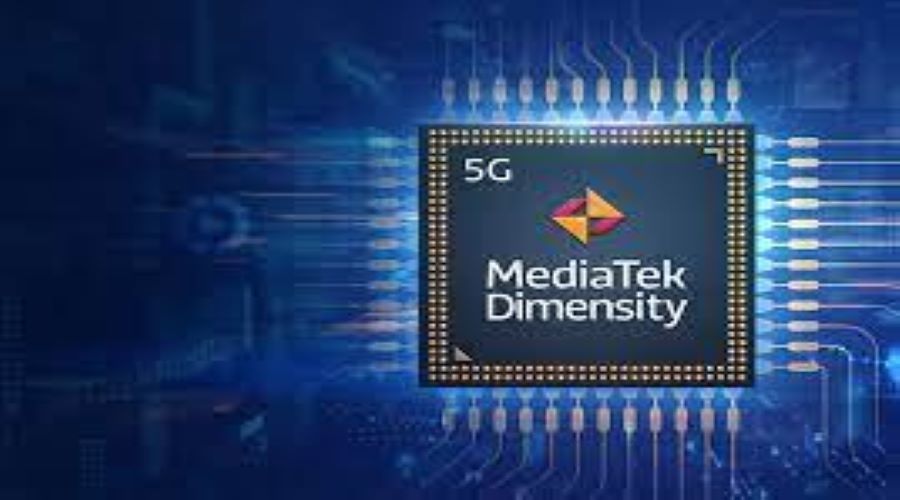Introduction:
When we talk about MediaTek the first thing that comes to my mind is some low-end or mid-range smartphone chips. I mean they don’t even have a proper flagship chip in their line and most of the time when we talk about high-end products. So we will now know about some phones.
MediaTek performed well by Qualcomm, but now things are different, the new Dimension 9000 is a true flagship SoC from MediaTek and will be a direct competitor to Snapdragon 8 Gen 1, and luckily we’ve got an engineering prototype from MediaTek so we’re around let’s play it with some new benchmarks and test everything. This will make it easier for you to clear understanding
Engineering prototypes:
Well, what you’re about to see is an exclusive first look at the MediaTek Dimension 9000, a pretty bare-bones engineering prototype we’ve got. You have no functional camera opening connector and the screen has some extra-large bezels. You will now know about the big vegetable.
Apparently, this will be very different from a retail phone and while the prototype seems pretty huge it’s not having a proper cooling solution, no heat pipe no vapor chamber so the test we can do today is pretty limited, But still we can take a peek at it’s CPU GPU gaming performance and most importantly power efficiency.
Architecture:
As always we have to talk about its architecture first, Without a doubt, The Dimensity 9000 is the highest-end SoC that MediaTek has ever made. The core architecture they choose are Cortex-X2 A710 A510, Just like Snapdragon 8Gen 1
However, MediaTek does provide a better configuration than Qualcomm Dimensity 9000 has 8M of L3 cache whereas 8 Gen 1 has only 6M
The system-level cache of MediaTek is also larger than Qualcomm and as you might know, the cache will have a big impact on CPU performance. MediaTek also clocked at a higher frequency. The A710 cores at 2.85GHz which is much higher than 2.5 GHz on the 8 Gen 1. Finally, MediaTek uses TSMC 4nm fabrication process instead of Samsung.
If you’ve watched our 8 Gen 1 review you might remember Samsung doing a pretty bad job drawing too much power and making the phone heat up like a burner. So basically Dimensity 9000 has a bigger CPU cache running at higher clock speed and uses a better manufacturing process compared to the Snapdragon 8 Gen1.
GPU
But to provide great gaming performance, the CPU is not the only thing to consider. We have to look at another very important factor: GPU.
MediaTek has put the ARM’s newest Mali G710 inside Dimensity 9000 Specifically a G710MC10 so it’s a 10-core GPU clocked at 850MHz, On G710 ARM went for a very different approach in terms of core counts.
They actually put two execution units in each shader core so G710MC10 is more like a 20-core configuration in previous generations, But anyway We’ll see if they did a decent job
Benchmarks:
The first one we’re going to see is CPU performance using GeekBench 5 and you know what? Density 9000 got 17% higher multi-core performance than Snapdragon 8 Gen 1, this is already better than Apple’s A14
While the single-core is still not that pretty compared with Apple’s A13 it is still better than the Snapdragon 8 Gen1, which means it is the best CPU performance of team Android, that’s pretty impressive.
The CPU on Density 9000 is just a beast providing amazing performance with decent power efficiency it really outperformed Qualcomm in every aspect.
GPU
The result of GFXBench Aztec Ruins, Snapdragon 8 Gen 1 defeated Dimensity 9000 on GPU which is not a surprise considering 8 Gen 1 did provide a really impressive GPU improvement. But thankfully the gap between these two is not so huge, especially with OpenGL.
If you choose Vulkan API though, the Snapdragon will perform better and stretch the gap a little bit nevertheless, MediaTek still managed to catch up with Apple’s A14 GPU which is still not bad what might surprise you more is the GPU power efficiency.
We recorded 8.2 Watts power consumption when running GFXBench which is identical to Apple’s A14 and way less than the Snapdragon 8 Gen 1, This power efficiency number is really impressive, especially compared with Qualcomm.
Gaming
Real-world gaming is what gamers care about, So let’s play some games.
We did some pixel counting first and found out the resolution is 640p under high preset and 568p under middle just like 8 Gen 1 phones. The Density 9000 keeps on 60 frames per second for 7 and a half minutes and the power consumption over this period is 6.8 watts.
After reaching the thermal limit both chips go into throttling, Interestingly our MediaTek prototype throttles more By the end of the test it drops to less than 50 frames at 5.7 watts.
We can also see that Dimensity 9000 does have a lower power consumption in gaming and if they receive exactly the same chassis or thermal solution as Qualcomm, it might be an advantage in terms of maintaining performance.
Conclusion
Overall Density 9000 provides a beefy CPU, a good enough GPU, and most importantly amazing power. Efficiency I would guess flagship phones using both the Qualcomm and MediaTek chip this year will have similar performance while MediaTek stays cooler and drains less battery life.
Also, remember this is the first flagship SoC from MediaTek and they already managed to fight back with Qualcomm and even gain an advantage in power efficiency.
That is very impressive. If the retail phone can offer a better price than 8 gen 1, I will definitely consider Density 9000.
But on another hand, the biggest challenge for MediaTek is not raw performance it’s about tuning and optimization by manufacturers. Some manufacturers just didn’t know how to utilize MediaTek chips and did a poor job of optimizing.
Will that change this year? Well, we’re gonna have to wait for a retail phone to find out the answer.
